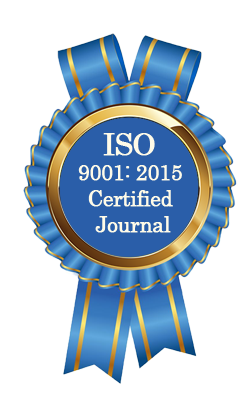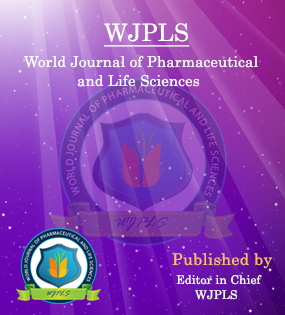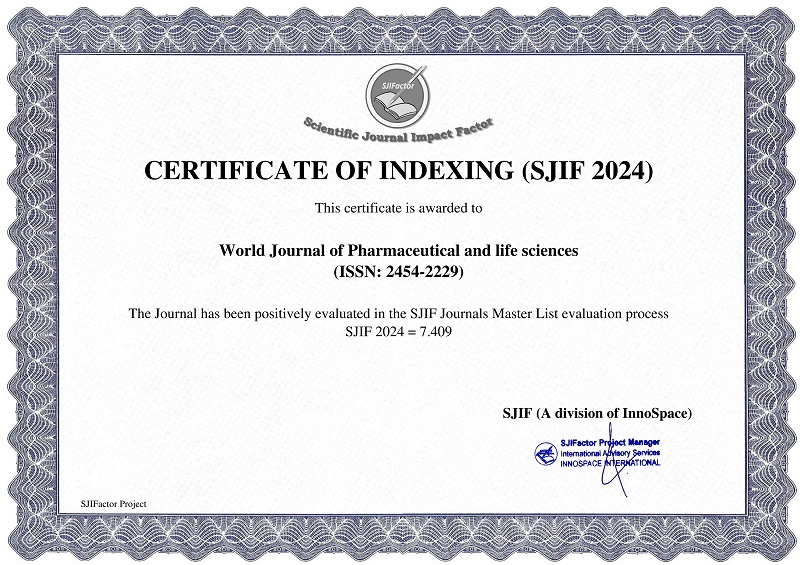Abstract
SYNTHESIS, CHARACTERIZATION AND IN SILICO EVALUATION OF NOVEL AZO DERIVATIVE FROM THYMOL AND SULPHANILIC ACID
*Balachandar S., Alagarraja M., Indumathi M., Ranjith M., Kadal Selvi S., Gunaseelan S., Mukilan S. and Sasikala R.
ABSTRACT
Thymol is known for its strong anti microbial properties, effective against various bacteria and fungi. As thymol has low solubility in water and photo decomposition, the current study is to overcome the disadvantages Thymol is known for its strong antimicrobial properties, effective against various bacteria and fungi. As thymol has low solubility in water and photo-decomposition, the current study is to overcome the disadvantages and level up the potency against microbes. Thymol and sulphanilic acid were coupled with an azo linkage by diazotization and coupling reactions. An orange-red dye (BBH-1) was synthesized in optimum condition. Structure of the compound was confirmed by FTIR and ¹³C-NMR. Physical properties like melting point and solubility have been established. Docking studies have been performed against protozoal protein 5QQ5 and fungal protein 5FSA in comparison with Metronidazole and Itraconazole as standards, respectively. In which the compound BBH-1 possessed potent anti-protozoal effect over the standard drug. Meanwhile, acceptable antifungal effect have been observed when compared to Itraconazole. Insilico toxicity studies revealed that the compound is extremely safe with LD?? around 5000 mg/kg. As per the research outcome, this azo derivative is safe to perform animal studies, and it is suitable for topical application. Further development is encouraged by chemical optimization.
[Full Text Article] [Download Certificate]WJPLS CITATION 
| All | Since 2020 | |
| Citation | 590 | 424 |
| h-index | 12 | 10 |
| i10-index | 17 | 14 |
INDEXING
NEWS & UPDATION
BEST ARTICLE AWARDS
World Journal of Pharmaceutical and life sciences is giving Best Article Award in every Issue for Best Article and Issue Certificate of Appreciation to the Authors to promote research activity of scholar.
Best Article of current issue
Download Article : Click here





